Mangroves are an important part of the ecosystem of wetlands and coastal areas in the country. They protect populated areas by preventing erosion and absorbing the impact of storm surges. Mangroves also filter carbon emissions and pollutants in the water while providing a habitat for a wide array of wildlife including birds, fishes, crustaceans and mollusks.
As we drove along the coastal road from our resort at Santiago Bay to Bukilat Cave in Poro Island, we immediately noticed a lush growth of mangroves all along the coast. We later discovered that there is a mangrove reserve here – the Camotes Island Mangrove Swamp Forest Reserve – which covers a large part of the Camotes coastline. The road linking Poro Island to San Francisco/Pacijan Island is in fact named the Poro-San Francisco Mangrove Highway. We made a brief stop at a particularly dense growth of mangroves along both sides of this road just across the causeway linking the two islands for a closer look at these trees.
San Francisco Baywalk
That stop was a prelude to our lunch stopover at the San Francisco Baywalk just across the causeway from Poro Island. This baywalk is located at the eastern end of San Francisco’s town center and is located close to the open air Katunggan food court. Katunggan in Cebuano or Bisaya means wetlands and from this food court and the baywalk you will be treated to a nice view of the mangrove wetlands at the adjoining Poro Island.
The Katunggan food court has many dining options at ridiculously low prices. It is also adjacent to the Agora Market with the town’s major public market a short walking distance away. We took the time to tour Agora Market and bought whatever fancied us, chatting with locals along the way. In the future we plan to do more of these interactions to have a better grasp of the local culture and situation as well as opportunities to observe day-to-day real life in these destinations.
Afterwards a stroll along the Baywalk Trail – actually more of a path along the Baywalk – was in order. Here we got to view more mangroves along the coast. Curiously we saw several fish left to dry along the sea wall but found out that many of these, instead of being sold in the nearby market, are sent to Cebu City and perhaps Manila. Because it was a bit cloudy this afternoon, the place was a perfect setting for moments of solitude, with the view of a calm, green sea and a lush mangrove forest in the background.
Lake Danao
This lake was mentioned as one of the top tourist draws in Camotes and is the biggest lake in Cebu province. Lake Danao was our lunch stopover during our second day of touring. We were somewhat surprised that the menu was practically the same as that of our resort in Santiago Bay. Turns out that the resort owner also owns this dining facility.
There’s a lot that we could have done at the 680-hectare Lake Danao. Boating, kayaking, hydrocycling, ziplining (closed for the time being), horseback riding, fishing and what-have-you. But after lunch our group preferred to just rest at the restaurant. There is a trail around the placid lake that Leo followed accompanied by our multicab driver and guide Arman. The trail took them through a mangrove forest along the shores of the lake including probably the largest mangroves Leo had ever seen. This mangrove forest is probably one of the reasons for the presence of over 400 species of birds and other wildlife in the lake. This protected area also harbored crocodiles in the past although probably the only ones left is a concrete figure of one and a live pair in a caged pool.
Camp Wagi
In all of the online research we did before visiting the Camotes Islands we never came across this destination. So when our multicab driver suggested it in during our first day of touring, we readily accepted. Camp Wagi, as it turned out is – for want of a better description – a mangrove swamp or wetland along the coast.
After paying the P30 entrance fee, we walked towards the beach, or so we thought, encountering a group of animal sculptures, the whole setting made to look like an African safari. As we mentioned in our previous post, Camotes does not really need such “creations.” Its landscape and natural attractions are more than enough to entertain visitors. For us, anyway. And sure enough, at the entrance arch, we were greeted by a sculpture of King Kong waiting to put his massive arms around us.
Brushing aside our slight disappointment at the specter, we proceeded to cross a 100-meter-long boardwalk past the entrance arch and right through another lush forest of mangrove green. At the end of the boardwalk is an elevated platform that provided sweeping views of the coast and the mangrove forest along the shoreline. Mangrove wetlands are not known to be good places for swimming but the waters here are so clear that our group couldn’t resist jumping right into them.
We found out later that the Camotes Islands has 850 hectares of mangrove swamp forests, with 360 of them belonging to that area between Poro and San Francisco close to the Baywalk. These are old growth forests, not newly-planted ones, showing how the people of Camotes have really taken good care of their ecosystem. It seemingly is one of the best-preserved mangrove ecosystems anywhere in the Philippines, a salute to the locals. It is our sincere hope that the rest of the country will be able to follow in their wake.
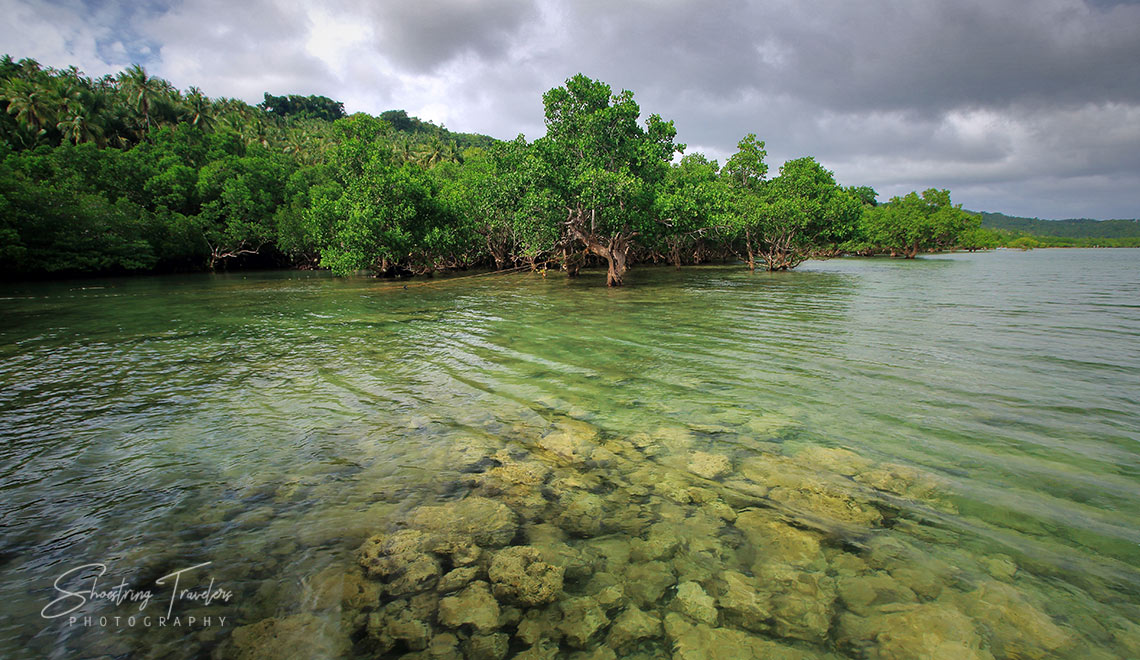
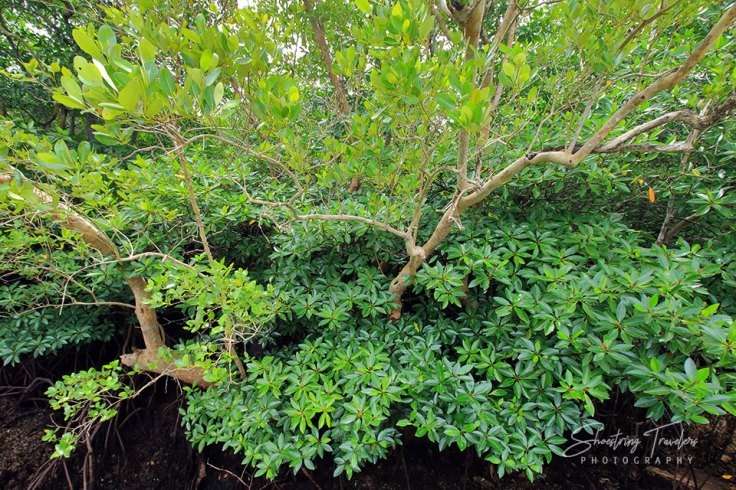
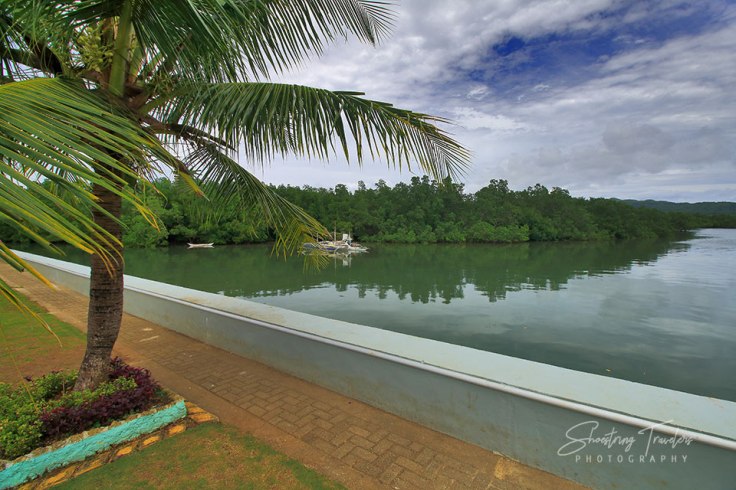
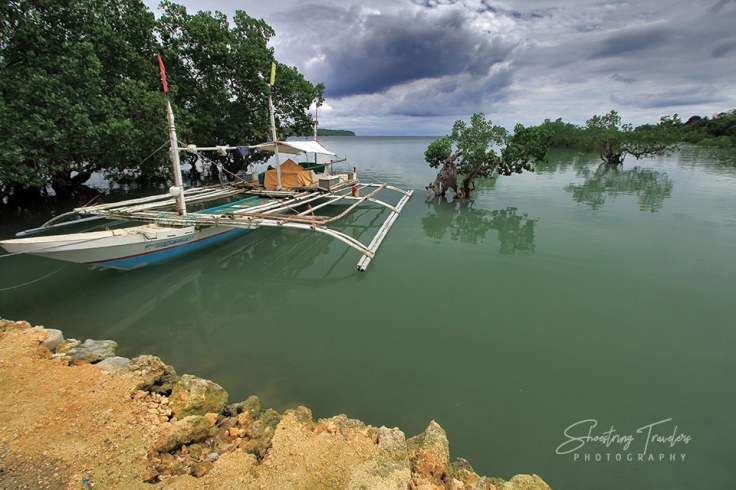
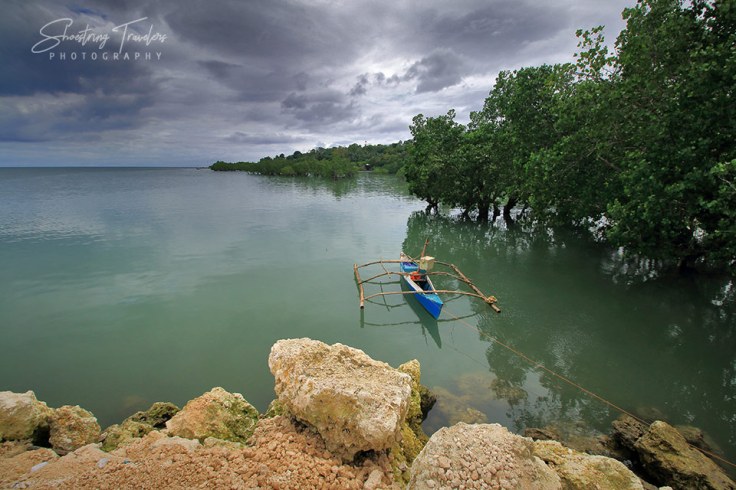
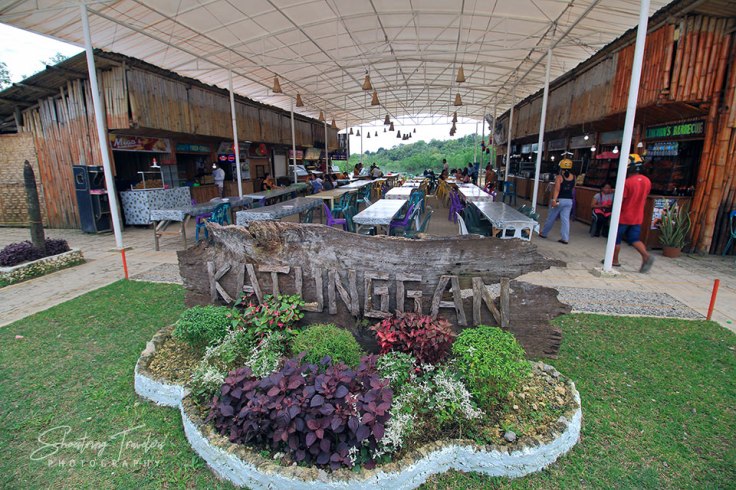
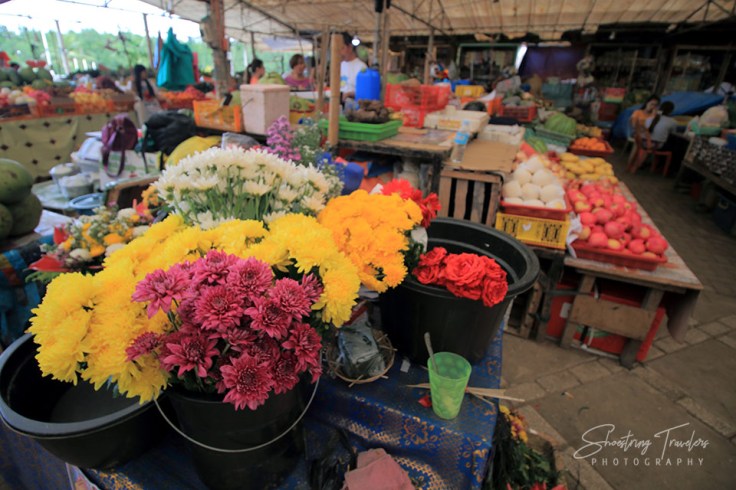
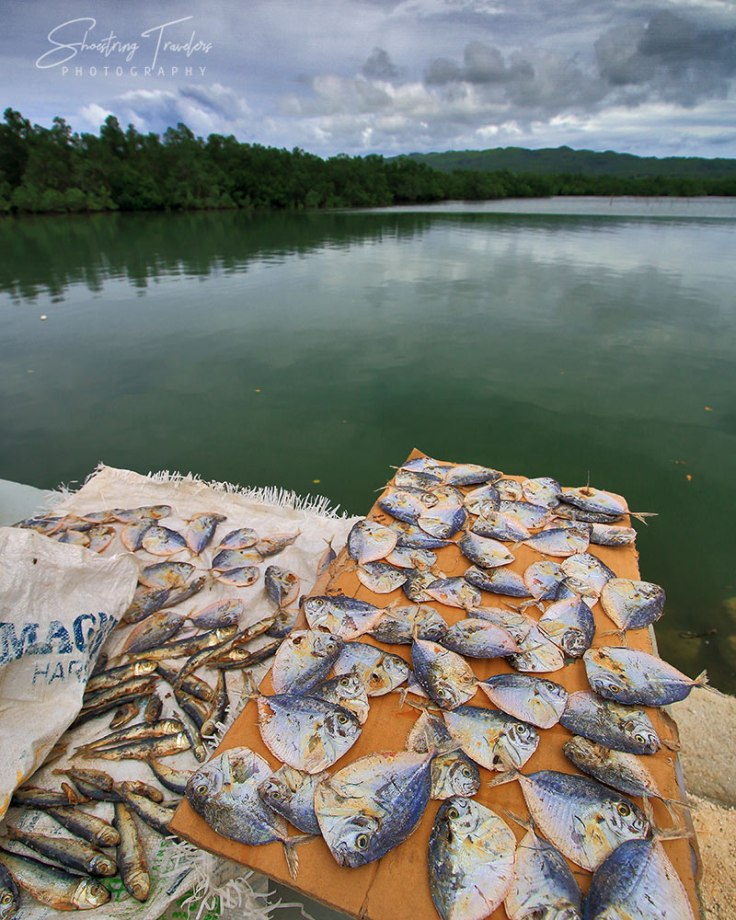
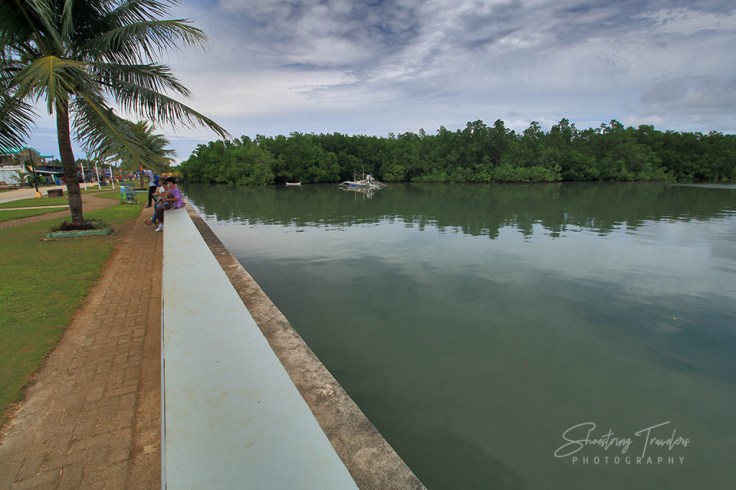
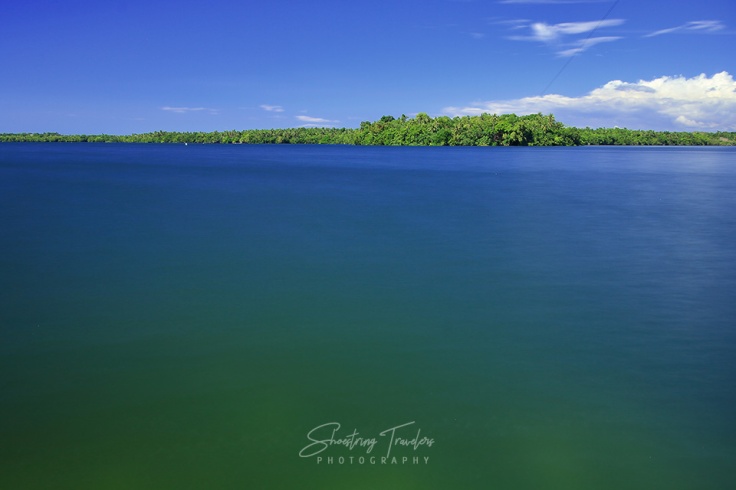
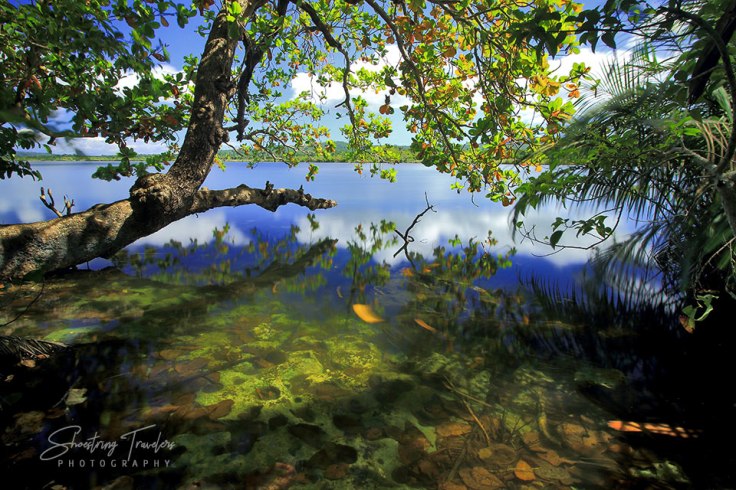
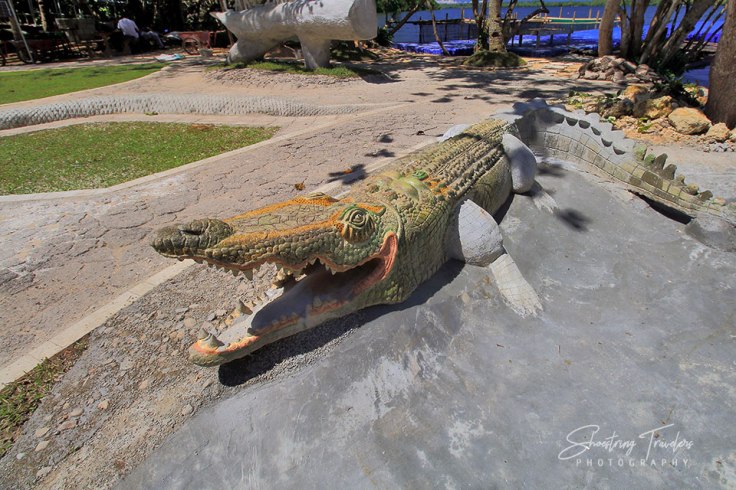

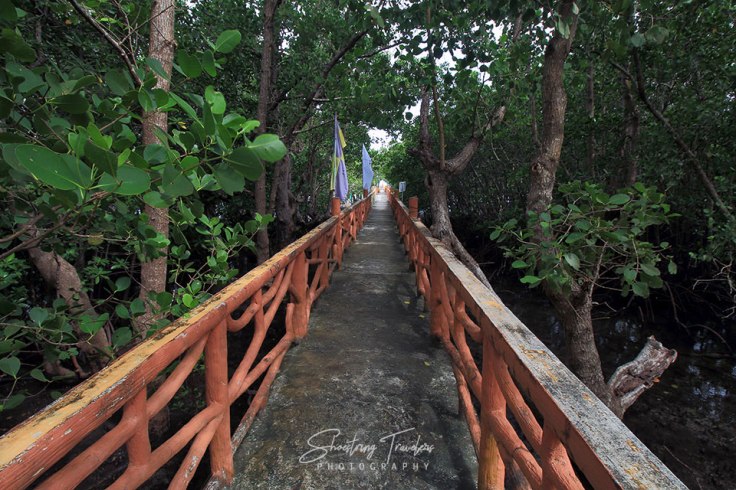
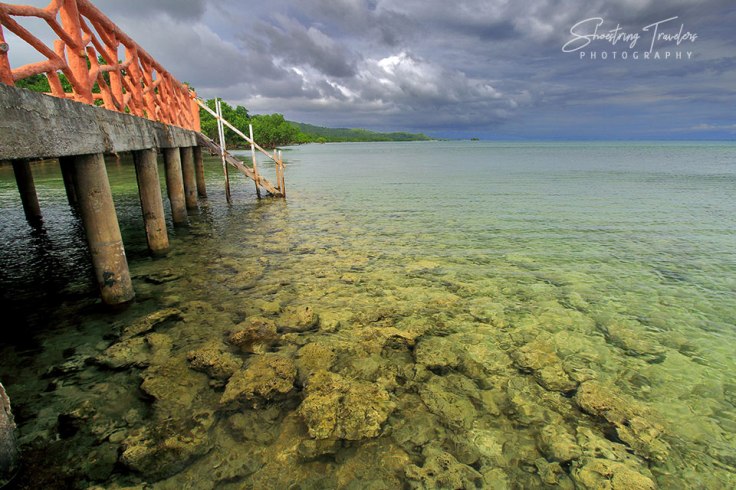

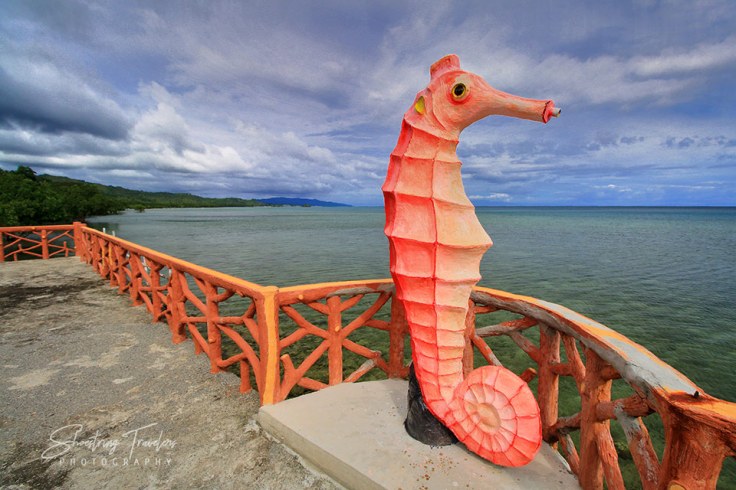
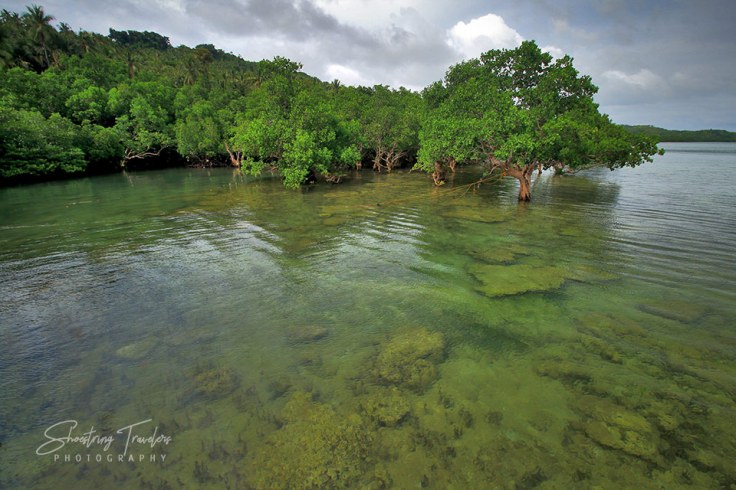
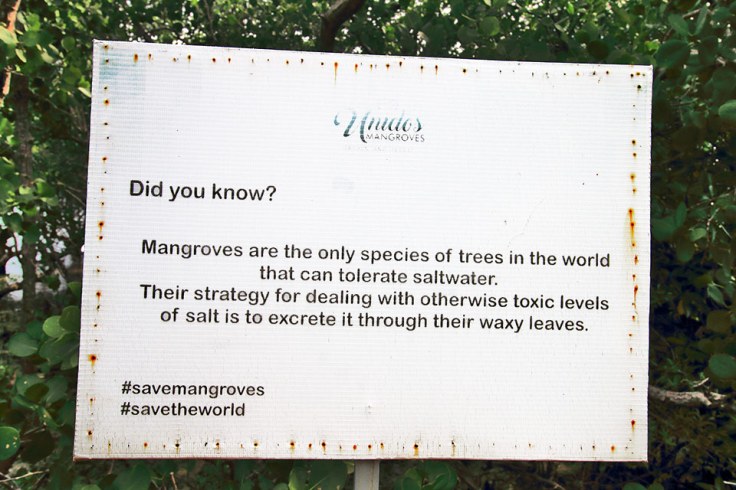











Good to see that the locals have taken care of the mangrove forests and swamps. They are critical not only to protect the islands against storms but also to preserve biodiversity.
Kudos to them, and to you for capturing and sharing it.
Thanks! From our conversations with them, the locals seem to be aware about the importance of mangroves in the ecosystem.
Thanks for sharing this idea. We visited there years ago. Anita
Thanks Anita! Hope you can spend more time here in the Philippines should you visit again.
Yes we might return there sometime. Anita
Everything is just so beautiful and un-spoilt.
Thanks Janice! We never thought we’d feature a mangrove wetland or swamp on this (mostly) travel blog but these wetlands are so lush and clean they deserve some notice.
👍👍